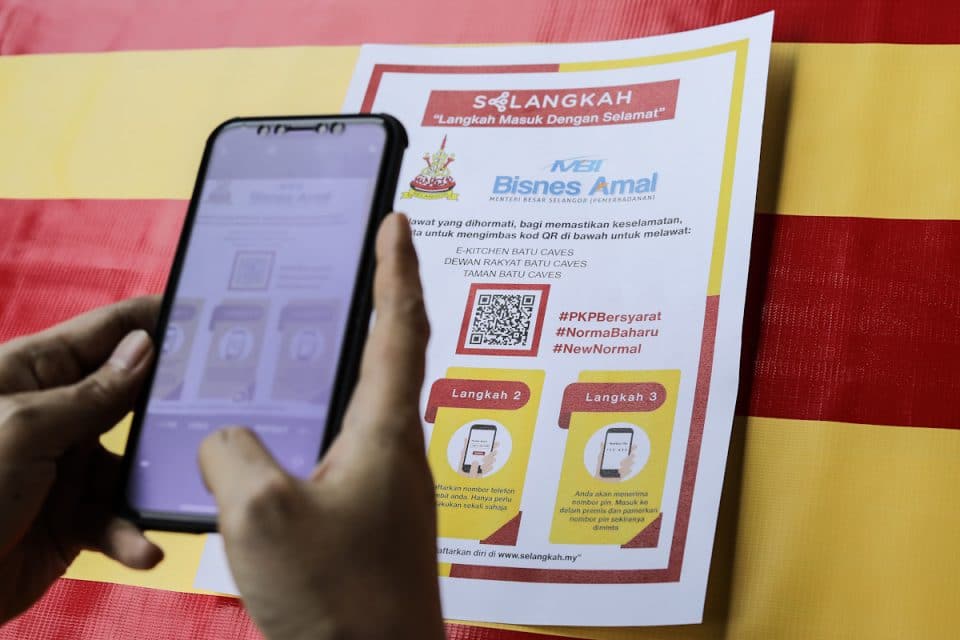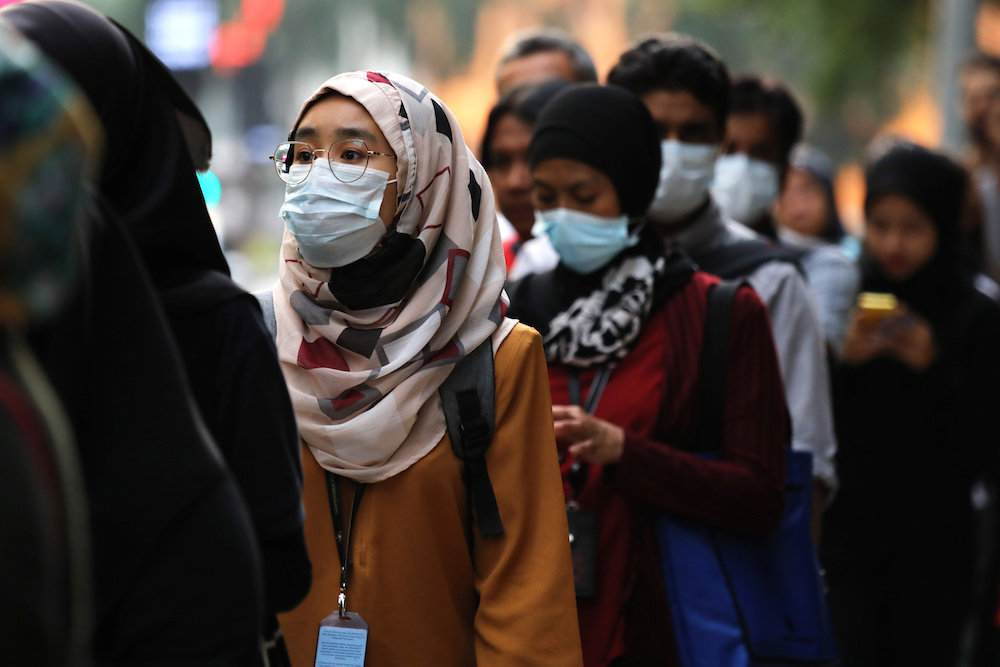This Malaysian Built 'SELangkah' Overnight To Help With Contact Tracing In Selangor
The SELangkah system has traced 36 patients and 1,250 exposed individuals, who might have otherwise been missed.
If you've been out to the mall, restaurants, or public places recently, you've probably had to scan a QR code for contact tracing
While it may seem like a hassle to scan a QR code every time you enter a store, these efforts in contact tracing have helped the government control the spread of COVID-19 in Malaysia and flatten the curve.
For residents in Selangor, you'll be familiar with the iconic red and yellow SELangkah QR codes, now widely used across many merchants in the state.
Dr Helmi Zakariah, part of the Selangor Task Force for COVID-19, first came up with the idea for SELangkah after the sudden announcement of the Conditional Movement Control Order (CMCO) on 1 May
Dr Helmi was trained professionally as a medical doctor and public health practitioner, and worked with the Ministry of Health until 2017. Since then, he's been running his venture in Digital Epidemiology and been on the panel for WHO Working Group of AI Application in Outbreak since 2019. When COVID-19 reached Malaysia, he was invited by the Selangor state government to join their task force for the pandemic.
"The SELangkah solution was an impromptu idea, right after the government announced that they will reopen the country on 4 May for CMCO," said Dr Helmi
"We had been considering different ways of e-tracing, from GPS, Bluetooth, to telco networks. But once we heard about CMCO, we knew people would start moving around, so we needed to gear up our development."
"So I decided to go back to the basics of getting people to register when entering a premise - similar to when you visit a friend at their condominium. The only difference was making it digital and more efficient, both for the visitor and MOH personnel who would be tracking the register logs."
"That's how SELangkah and the simple QR technology came about. After building the system overnight, I sent the prototype to the state government, telling them this was the quickest, easiest way to make contact tracing cheap, replicable, and scalable. By 5 May, the system was up and running and businesses across Selangor started using it," Dr Helmi added.
Since then, the SELangkah system has registered over 20 million logs in just slightly over a month
A closer look at how SELangkah traces COVID-19 patients along with their close and casual contacts.
Image via Dr Helmi ZakariahWith the large amount of data, SELangkah relies on machine learning algorithm to sift through the data and identify people exposed to the COVID-19 virus.
Out of over 20 million total logs, SELangkah has managed to trace 36 COVID-19 patients and 1,250 exposed individuals, who might have otherwise been missed. The system can even hone in to different districts to trace individuals - for instance, one district in Selangor had 173 exposed individuals.
According to Dr Helmi, "When it comes to contact tracing, it's no longer about how big the number, but how precise the number is among the sea of data. Being able to identify 173 individuals out of 20 million logs is no small feat, it's like finding a needle in the haystack."
If you want to learn more about the SELangkah system, check out this detailed explanation by Dr Helmi below:
For businesses who want to implement SELangkah, all it takes is three simple steps.
STEP 1: Go to www.selangkah.my
STEP 2: Print the QR code and display it at the entrance of your premise
STEP 3: Ensure visitors scan the QR code before entering
Whenever a visitor scans the QR code, their name, phone number, and timestamp will be registered into the SELangkah system. In the event of a positive Covid-19 case, the Ministry of Health will access the log, then notify the affected premises and individuals affected.



